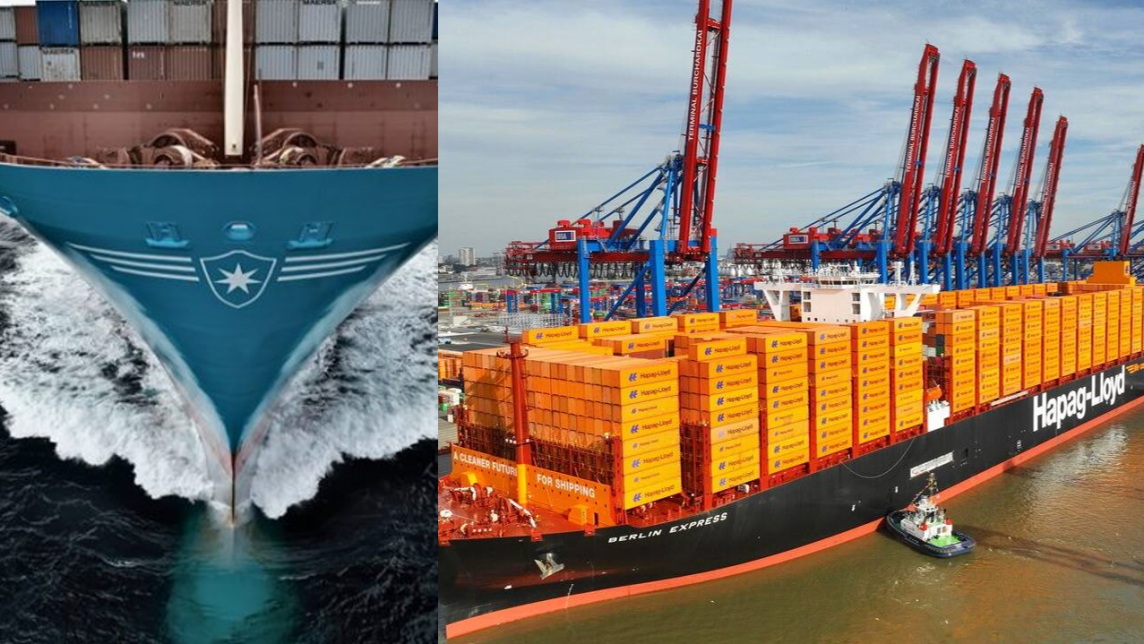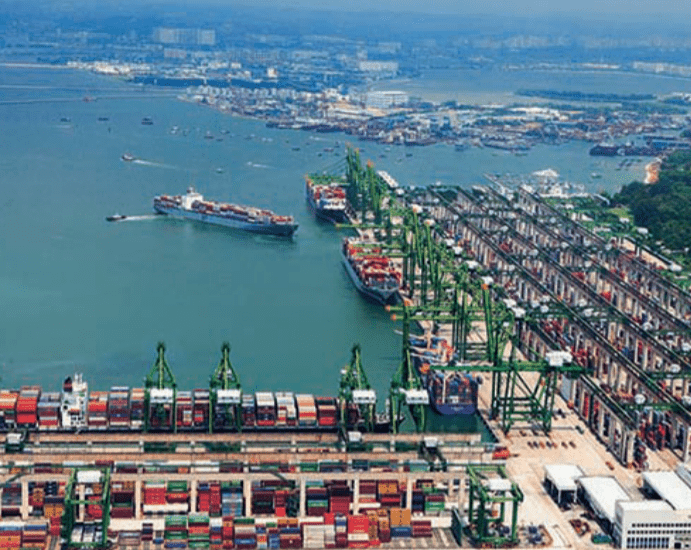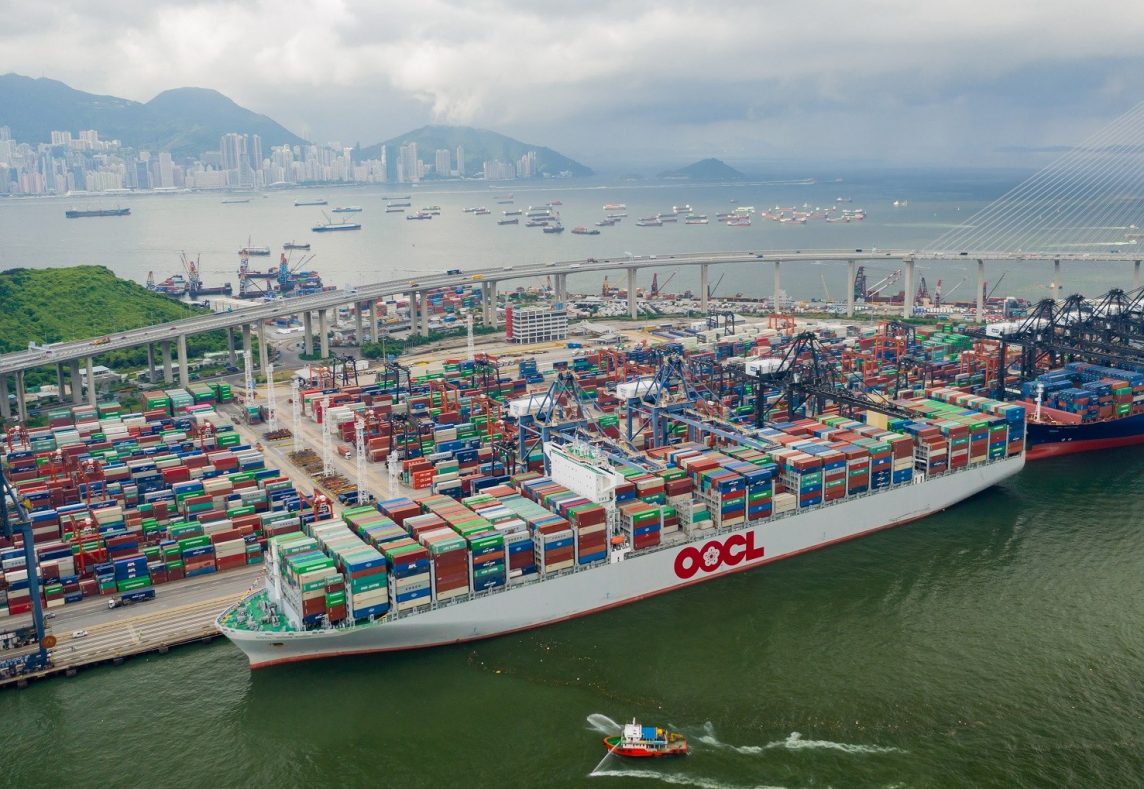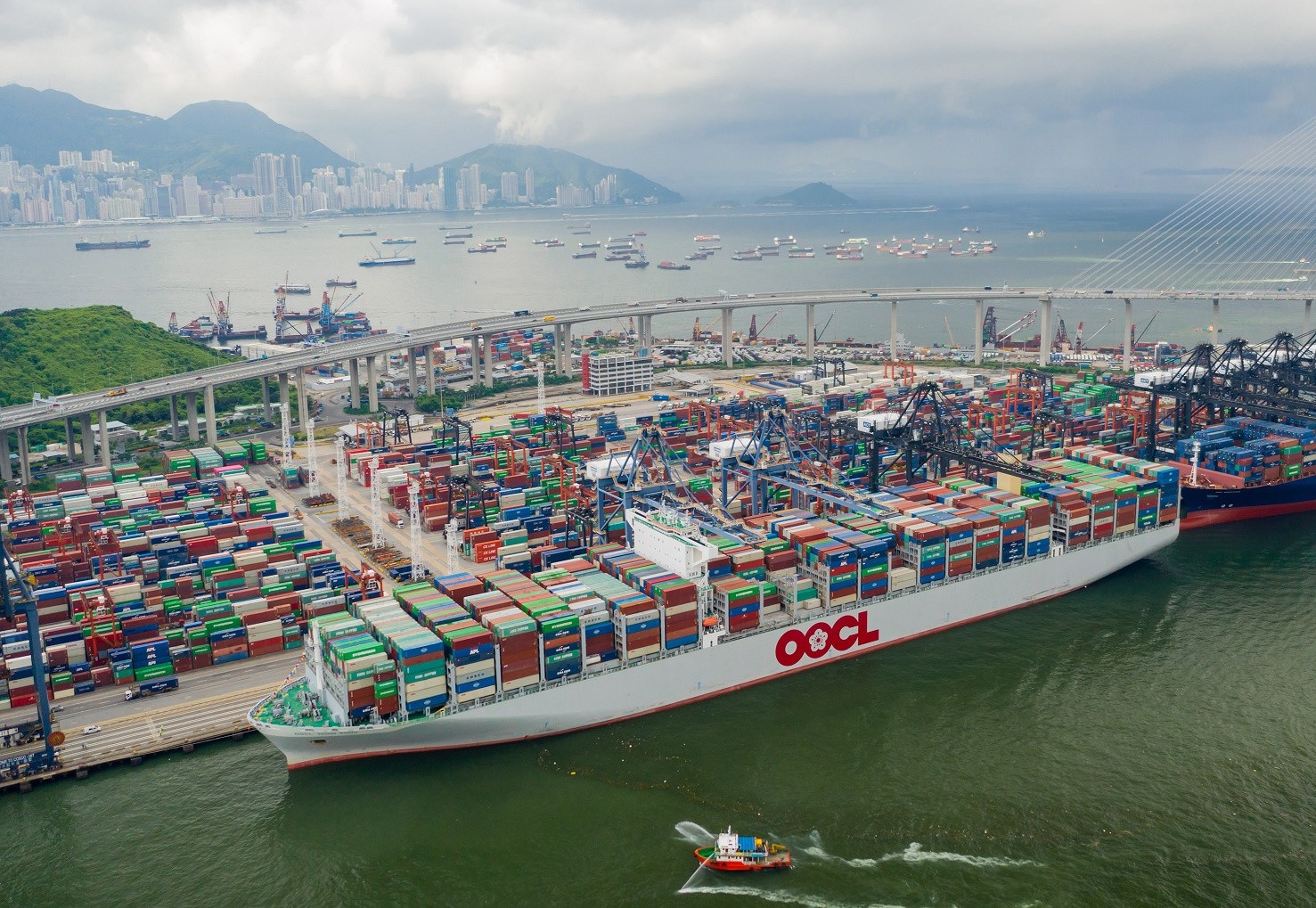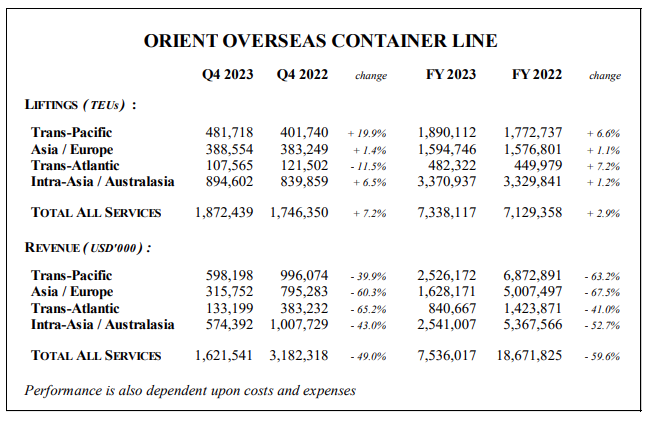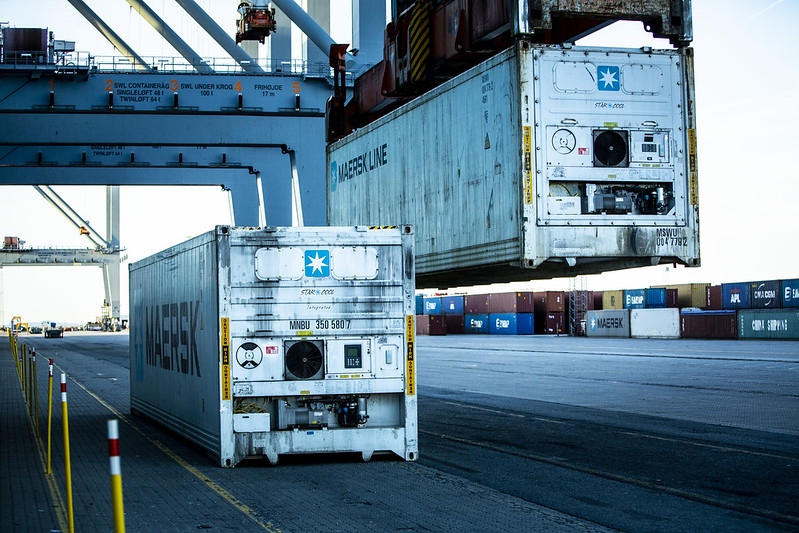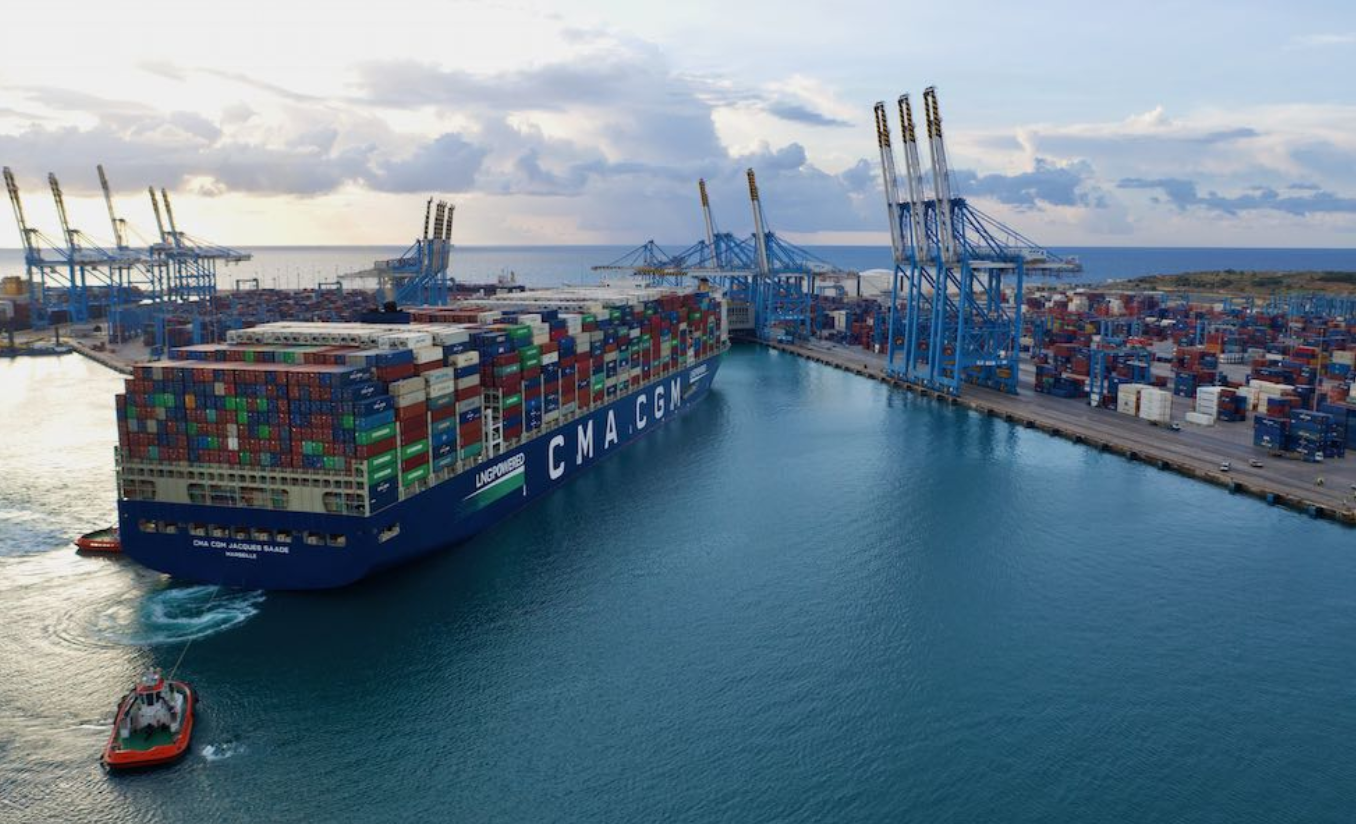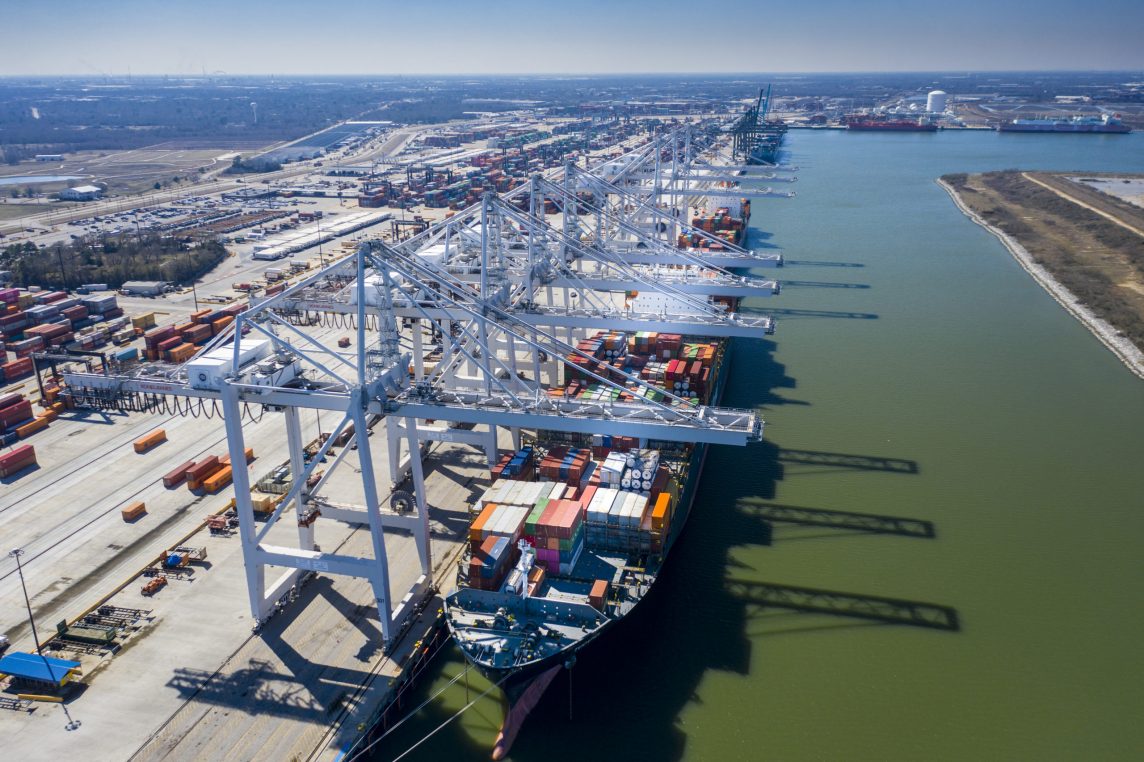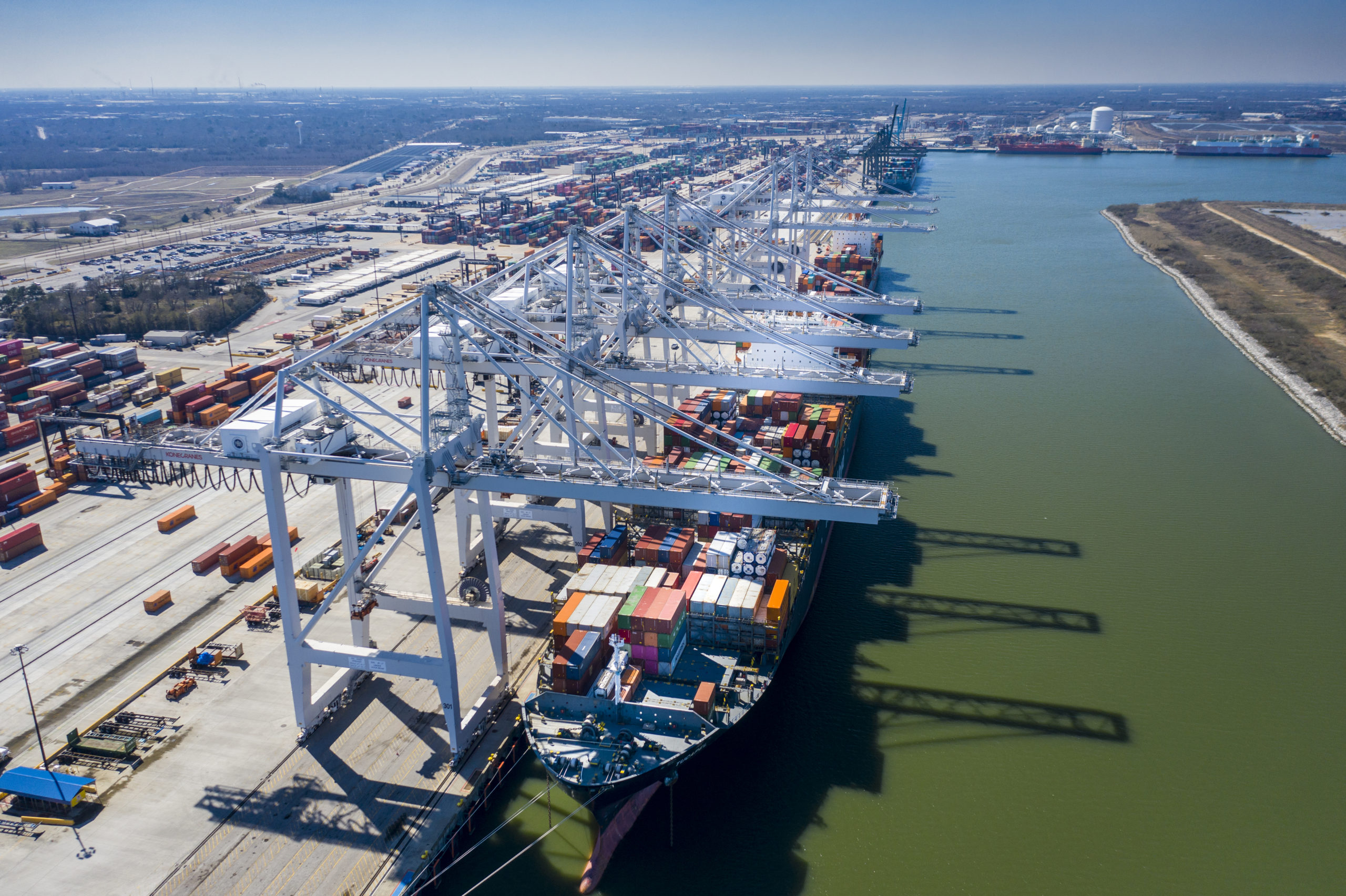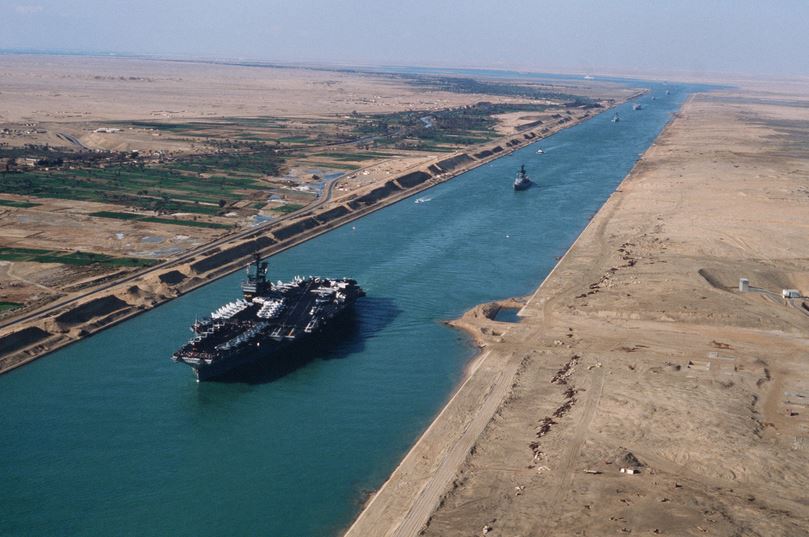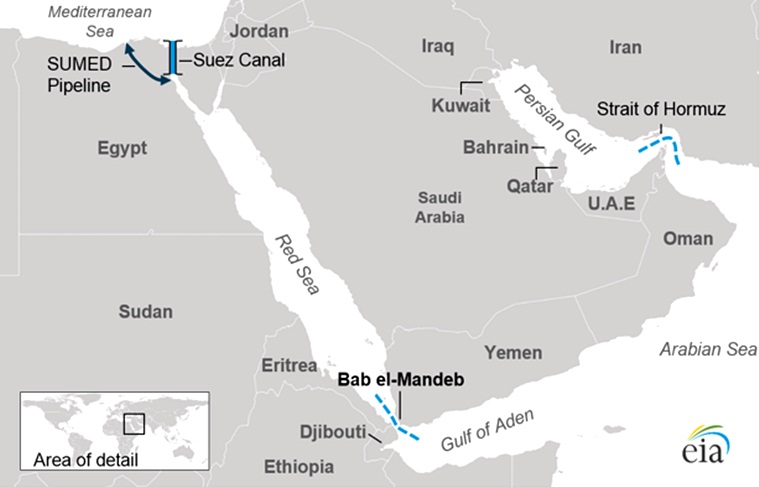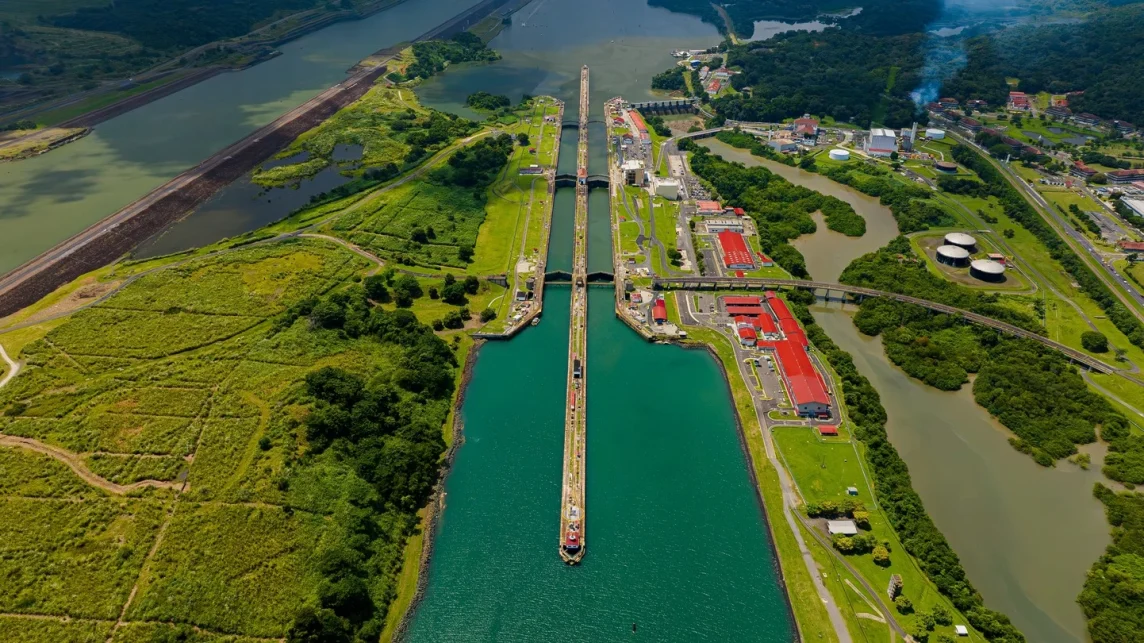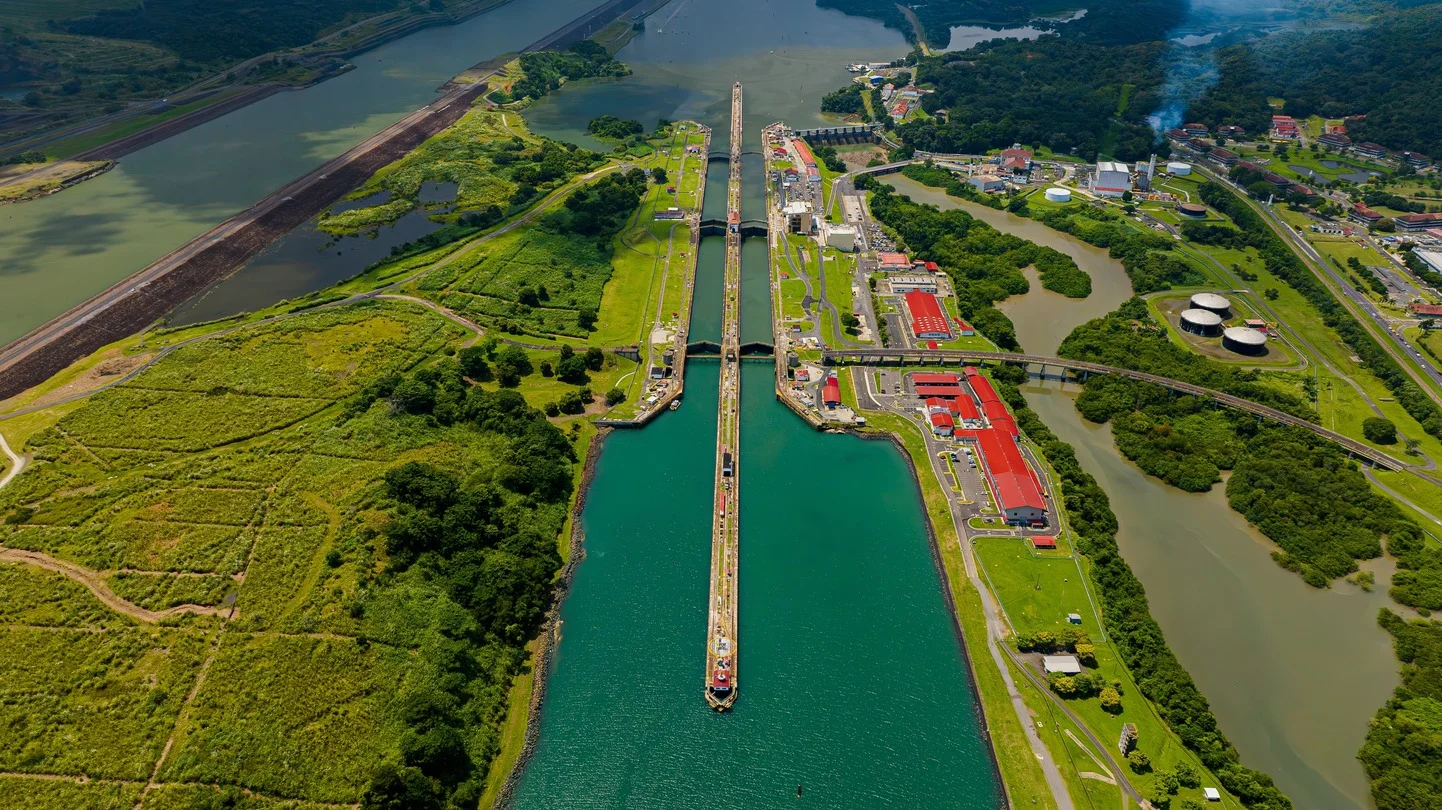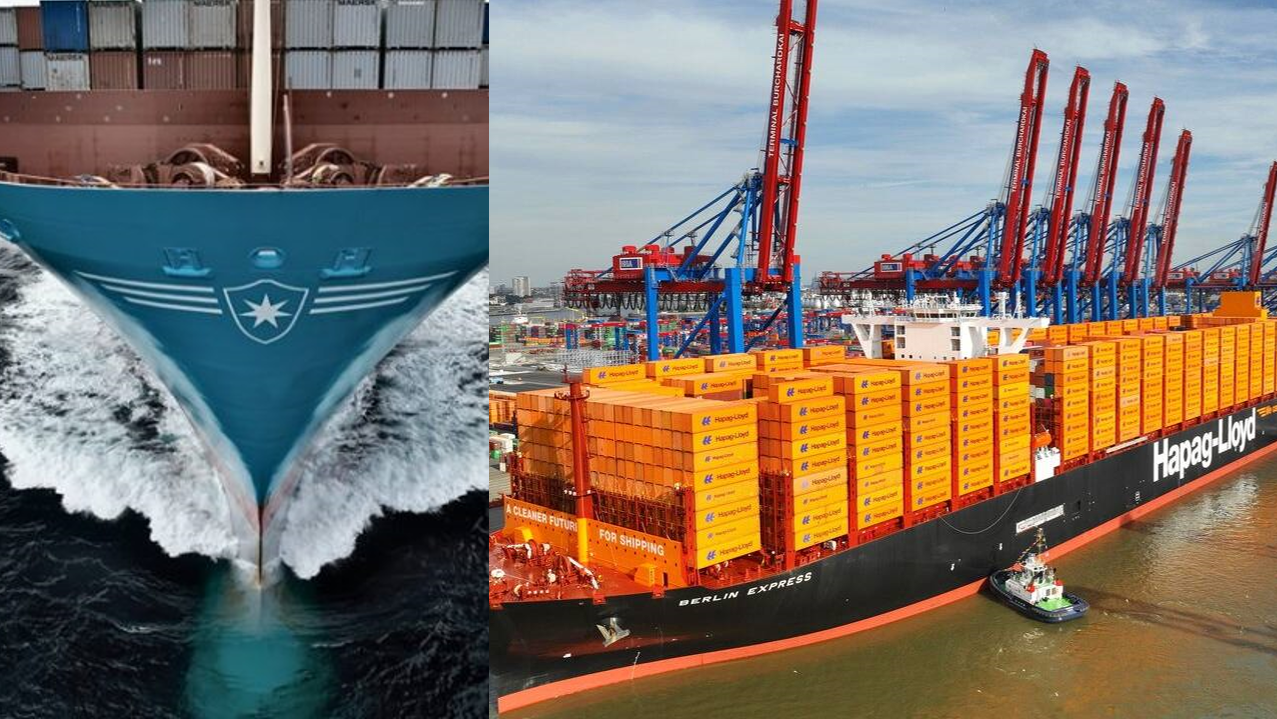
Two container giants, Denmark’s Maersk and Germany’s Hapag-Lloyd have signed an agreement for a new long-term operational collaboration.
The new “Gemini Cooperation” is expected to start in February 2025 with the ambition to deliver a “flexible and interconnected ocean network with industry-leading reliability”.
Hapag-Lloyd’s CEO said, “Teaming up with Maersk will help us to further boost the quality we deliver to our customers. Additionally, we will benefit from efficiency gains in our operations and joint efforts to further accelerate the decarbonisation of our industry.”
The new cooperation between the two companies will comprise a fleet pool of around 290 vessels with a combined capacity of 3.4 million TEUs with Maersk deploying 60% and Hapag-Lloyd the remaining 40%.
“We are pleased to enter this cooperation with Hapag-Lloyd, which is the ideal ocean partner on our strategic journey. By entering this cooperation, we will be offering our customers a flexible ocean network that will raise the bar for reliability in the industry. This will strengthen our integrated logistics offering and meet our customers’ needs,” commented Vincent Clerc, CEO of Maersk.
As a part of the agreement, the two companies have set the target of delivering schedule reliability of above 90% once the network is fully phased in.
As a consequence of joining this cooperation, Hapag-Lloyd will leave THE Alliance end of January 2025, when the 2M alliance of Maersk and MSC will also be terminated.
During 2024, Maersk and Hapag-Lloyd will plan the transition from their current alliances to the new operational cooperation, while service to customers will continue along existing agreements.
Source: Container News
